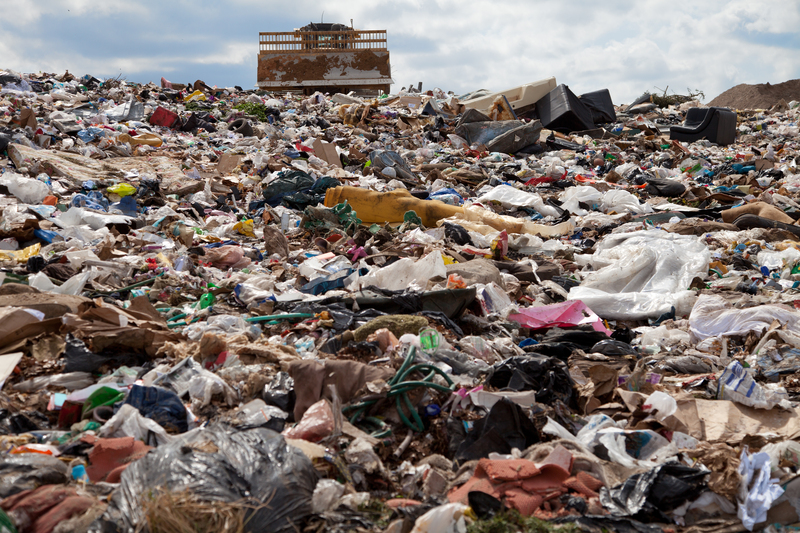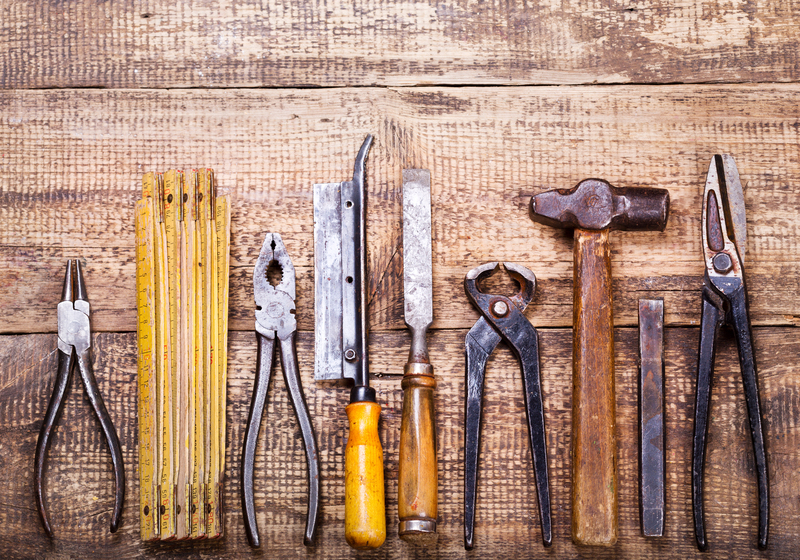Plastic Pitfalls: Essential Avoidance Guide
The prevalence of plastic in our everyday lives is undeniable. From packaging materials and household products to clothing fibers and food containers, plastic is everywhere. However, not all plastics are safe, and frequent use comes with hidden risks. This Plastic Pitfalls: Essential Avoidance Guide is designed to help you understand the hazards, spot common traps, and make smart, sustainable choices to protect your health and environment.
Understanding the Influence of Plastics
There's no escaping the influence plastic has over modern living. Since the mass production boom in the mid-20th century, plastic has been marketed as convenient, durable, and affordable. However, the plastic pitfalls associated with everyday reliance have become increasingly clear.
- Annually, over 380 million tons of plastic are produced worldwide.
- Most plastics take hundreds--sometimes thousands--of years to decompose.
- Microplastics are found in food, water, and the air we breathe.
- Several types contain toxic chemicals linked to health problems.
This proliferation means that even those mindful of eco-conscious living can fall into plastic traps--often unknowingly contributing to pollution and personal harm.

The Hazards Hidden in Plastics
1. Health Risks from Plastic Exposure
Many plastics contain chemicals like BPA (bisphenol A), phthalates, and styrene, known for their potential health risks. These substances can leach from packaging, bottles, or food containers into whatever they touch.
- Endocrine Disruptors: Some plastics disrupt hormones, affecting reproductive health and development.
- Carcinogenic Compounds: Prolonged exposure has been *linked to increased cancer risks*.
- Respiratory Problems: Microplastics inhaled indoors can trigger asthma and allergies.
- Digestive Issues: Consumed microplastics may alter gut microbiota and tissue health.
2. Environmental Impact: The Global Plastic Trap
The world's oceans, rivers, and soils are filling up with plastic pollution. It endangers wildlife and the delicate balance of ecosystems.
- Marine Life: Animals mistake plastic for food, leading to injury, starvation, and poisoning.
- Soil Degradation: Plastics break down into smaller particles, affecting plant and animal health in ecosystems.
- Greenhouse Gas Emissions: The production and incineration of plastics contribute substantially to global warming.
- Economic Cost: Communities spend millions annually on plastic waste cleanup.
Common Pitfalls: Where Plastics Lurk
1. Everyday Products with Hidden Plastics
You may be surprised how many standard household items contain plastic:
- Tea bags (often sealed with plastic fibers)
- Coffee cups (lined with polyethylene)
- Beauty products (face scrubs with microbeads)
- Wet wipes (typically made from polyester)
- Clothing (especially synthetic fibers like polyester and nylon)
2. Food Packaging and Storage Risks
Food is one of the most common avenues for plastic exposure. Thin wraps, cling film, containers, and even bottle caps may leach chemicals into what you eat and drink, especially when heated or scratched. Watch out for:
- Single-use plastic bags and wraps
- Plastic utensils and straws
- Takeaway containers and disposable cups
- Beverage bottles and lids
- Non-stick cookware coatings (often containing PTFE/Teflon)
3. Misleading Labels: Greenwashing and Bioplastics
As consumers become more aware, many brands market "biodegradable" or "compostable" plastics. Unfortunately, not all such products decompose safely in a home environment. Many require industrial composting facilities, which are limited in number.
- Compostable plastics may leave behind microplastics or toxins if not processed correctly.
- Beware of "eco-friendly" claims without third-party certification.
How to Avoid Plastic Pitfalls: An Essential Guide
Step 1: Identify Hidden Plastics
The first and most crucial step in any plastic avoidance strategy is to identify where plastics hide in your day-to-day life.
- Check packaging for recycling symbols: Codes 3 (PVC), 6 (PS), and 7 (Other) are often problematic.
- Scan labels for terms like "polypropylene," "polyethylene," and "polystyrene."
- Investigate "non-plastic" personal care products for microplastics and synthetic polymers.
Step 2: Choose Safe Alternatives
Once hidden plastics are found, switching to safer, sustainable options is easier than you might think. Try these tips:
- Food storage: Switch to glass, stainless steel, or ceramic containers.
- Travel cups: Carry a stainless steel or bamboo reusable cup.
- Clothing: Opt for natural fibers like cotton, wool, and linen.
- Personal care: Choose bar soap over bottled liquid soap and plastic-free toiletries.
- Shopping: Use canvas or jute bags instead of plastic carriers.
Step 3: Practice Proper Plastic Disposal
Not all plastics are readily recyclable, and improper disposal leads to environmental problems.
- Rinse and clean: Food contamination can prevent proper recycling.
- Know your local recycling guidelines: Not every type is accepted by curbside programs.
- Support collection programs: Drop-off locations for specific plastics like bags, films, and foam packaging, ensure safe reprocessing.
Step 4: Educate and Influence Others
Becoming an advocate in your own community can exponentially amplify your impact in sidestepping plastic pitfalls.
- Start conversations: Share what you've learned with friends, family, and colleagues.
- Encourage businesses and schools to switch to sustainable products.
- Participate in local clean-up events and recycling initiatives.
- Lobby for stronger plastic waste regulations and bans on single-use plastics.
The Long-Term Impact: Benefits of Avoiding Plastic Pitfalls
Reducing your plastic footprint has ripple effects that go well beyond your household. Here's why your efforts matter:
- Healthier homes: Fewer toxins and microplastics in your air, food, and water.
- Sustainable environment: Lower demand means less plastic production, less pollution, and healthier ecosystems.
- Economic savings: Reusable products often save money in the long run.
- Social progress: Driving demand for eco-friendly products encourages corporate responsibility and mainstream positive change.
What to Watch for: Top Plastic Pitfalls to Avoid
Plastic in Food and Drink
- Never heat food in plastic: Microwaving or storing hot foods can accelerate chemical leaching.
- Choose glass bottles for water and milk: They're reusable and non-toxic.
- Avoid pre-cut and pre-packed produce in plastic: Go for loose, fresh options when possible.
Hidden Plastics in Everyday Life
- Toothbrushes: Switch to bamboo alternatives.
- Chewing gum: Many brands use synthetic polymer (plastic) as a base!
- Tea bags: Choose brands that use plastic-free or compostable bags.
Misleading Marketing
- Beware of 'biodegradable' claims: Only trust certified compostable materials.
- Look for transparent labeling: Avoid products that don't disclose their materials.
- Check certifications: Third-party eco-labels guarantee genuine sustainability.

Overcoming Challenges: Making Plastic-Free Living Achievable
Transitioning away from plastic isn't without its difficulties. But with persistence and a brighter long-term vision, the pitfalls get easier to avoid.
Common Hurdles to Plastic Avoidance
- Availability: Plastic-free options can be harder to find--but are increasing rapidly as demand grows.
- Cost: Some alternatives may cost more upfront, but often last much longer.
- Convenience: Habit change takes time. Prepare reusable bags and containers ahead of outings.
Tips for Lasting Change
- Start small: Swap one plastic item at a time and build habits gradually.
- Support local bulk stores: Reduce packaging waste by buying in bulk with your own containers.
- Stay informed: New products and community programs are launching every day.
- Celebrate your progress: Every step counts; share your successes to inspire others!
Conclusion: Join the Movement, Sidestep Plastic Pitfalls
By following this Essential Guide to Avoiding Plastic Pitfalls, you can make informed choices that protect both your personal health and the planet. Remember, we all have the power to resist single-use and hidden plastics, influence positive change, and create a cleaner, greener future. Every plastic-free choice multiplies its impact--start today, and let your journey toward a plastic-smart lifestyle lead the way!
For more on sustainable living and practical avoidance guides, stay tuned to our regularly updated resources. Together, we can prevent the next plastic pitfalls--and build healthier habits for generations to come.